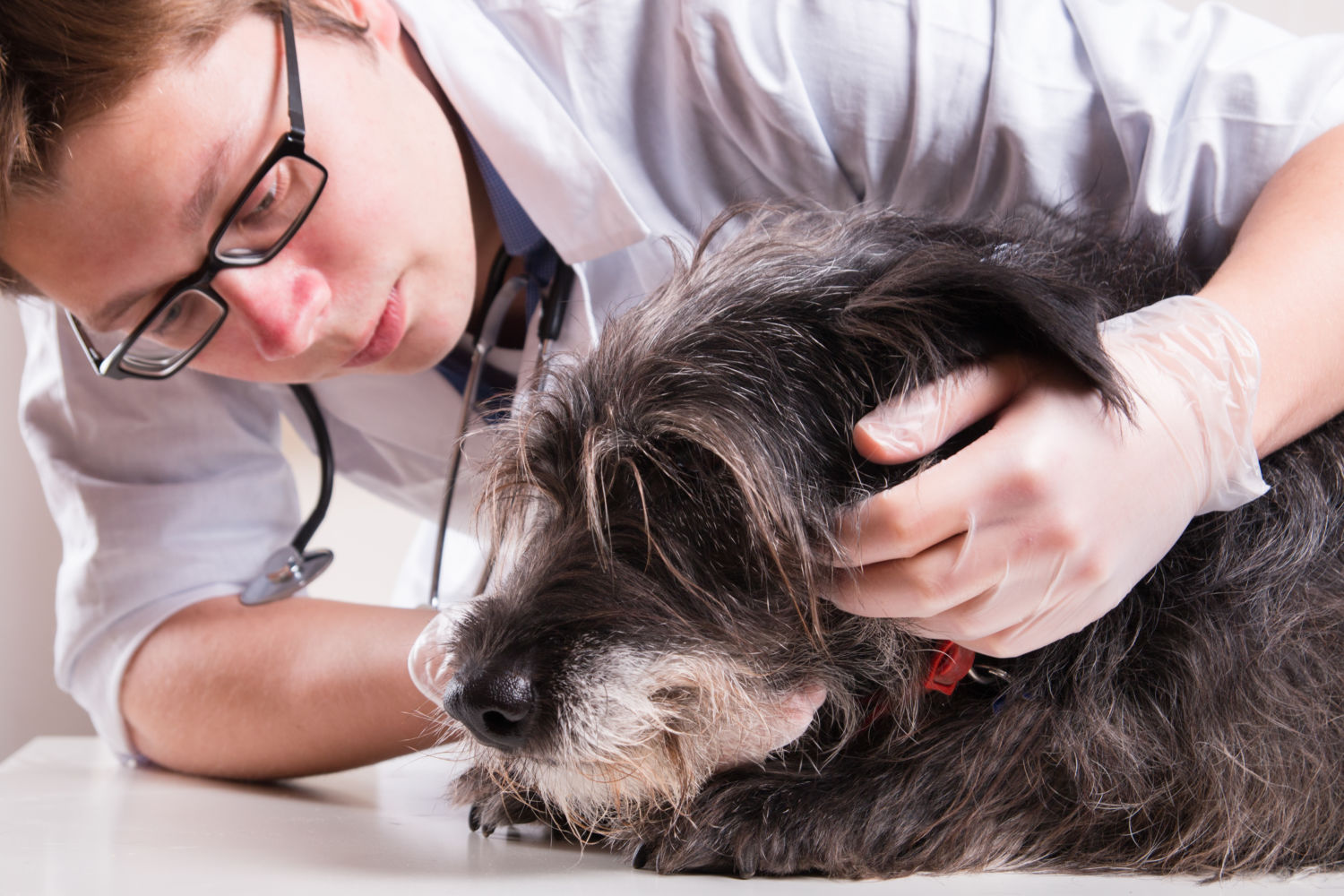In an era where animal welfare is increasingly recognized as a societal responsibility, questions surrounding the rights and responsibilities of pet ownership come to the forefront. Chief among these is the delicate query: Can you take someone else’s pet to the vet? While the instinct to act in the best interests of a pet is commendable, the legalities surrounding this action can be both intricate and consequential. Understanding the nuances of this topic is vital for anyone who wishes to champion animal welfare.
To begin, it is crucial to appreciate the various obligations of pet ownership. The pet owner bears significant responsibility, encompassing everything from feeding and exercise to medical care. These duties come with legal and ethical implications. At the core of pet ownership is the concept of guardianship. This legal status provides the owner exclusive rights over the animal, which includes the right to seek medical care. Thus, the initial concern arises: without permission, can a person rightly intervene in another’s responsibilities?
The answer is complicated and often context-dependent, hinging on several legal principles. In many jurisdictions, animals are considered personal property under the law. This framework establishes that only the owner can consent to medical treatment. If you were to take a neighbor’s pet to the vet without their explicit consent, you may be infringing upon their property rights. Such actions can potentially lead to legal repercussions, including accusations of theft or unauthorized treatment.
However, there exist extenuating circumstances where intervening on behalf of another’s pet may be justified. If an animal is in clear distress—exhibiting signs of severe injury or illness—most people would argue that immediate action is essential. Many jurisdictions have “Good Samaritan” laws that protect individuals who step in during emergencies, even in situations involving animals. The intention here is critical; as long as the action is taken in good faith to prevent undue suffering, the individual acting on behalf of the pet may be shielded legally. Nonetheless, the challenge arises in defining what constitutes an adequate emergency.
Another critical aspect to consider is the existence of mutual agreements or informal arrangements concerning pet care. In many communities, it is common for neighbors or friends to share responsibilities, whether that involves walking each other’s dogs or, more crucially, seeking veterinary care. In such cases, if there is a pre-established understanding or verbal consent from the owner, taking the pet to the vet becomes legally sound and ethically acceptable. Clear communication is paramount; misunderstandings often lead to disputes and potential loss of trust.
Furthermore, situational variables play a significant role in determining the permissibility of taking someone else’s pet to the vet. For instance, if the pet owner is unreachable due to an emergency or incapacitation, a bystander might be compelled to act. In emergencies, the urgency of the situation can often supersede legal restrictions, a notion supported by various animal welfare organizations. They emphasize the importance of ensuring the animal receives care promptly, even if it requires bypassing standard protocols. The collective view is that an animal’s health should always take precedence.
Nevertheless, it is prudent to exercise caution when deciding to act on behalf of another’s pet. Miscommunication about vet visits or disagreements over treatment options can lead to serious rifts between friends, family, and neighbors. The vet’s reception may also make a difference in this scenario. Some veterinary clinics require direct consent from the pet owner before proceeding with treatment. As such, if you take someone else’s pet to the vet without their knowledge, you may face additional complications at the clinic itself.
In light of these complexities, it is advisable for individuals who are passionate about animal welfare to foster open dialogues with pet owners in their vicinity. Conversations about pet care responsibilities can lay the groundwork for shared responsibility networks that allow for smoother interventions when necessary. These discussions can also lead to the establishment of written agreements that delineate each party’s responsibilities, ensuring that the well-being of pets remains the central focus.
Moreover, animal welfare legislation has evolved to enhance protections for pets and clarify owner responsibilities. Many municipalities have enacted laws mandating that pet owners provide adequate care, which includes timely veterinary treatment. Familiarity with these laws enables individuals to advocate effectively while also remaining compliant with legal stipulations. If the owner neglects their responsibilities, avenues exist to report suspected animal cruelty or neglect, mitigating the need for unauthorized interventions.
In summary, the question of whether one can take someone else’s pet to the vet involves navigating a complex matrix of legal, ethical, and relational factors. Beneath the broader conversation about animal welfare, lies the essential tenet of communication—between pet owners, caregivers, and the wider community. In the pursuit of enhancing the welfare of animals, transparency and proactive dialogue form the bedrock of responsible pet stewardship.
Ultimately, while the impulse to act in the best interest of an animal is laudable, it necessitates a judicious approach, balancing urgency with respect for ownership rights. By fostering collaboration and understanding among pet owners, communities can cultivate an environment where the welfare of all animals is prioritized, ensuring that help is readily available when it’s needed most.










